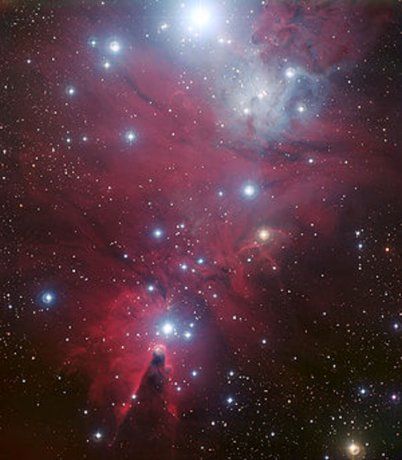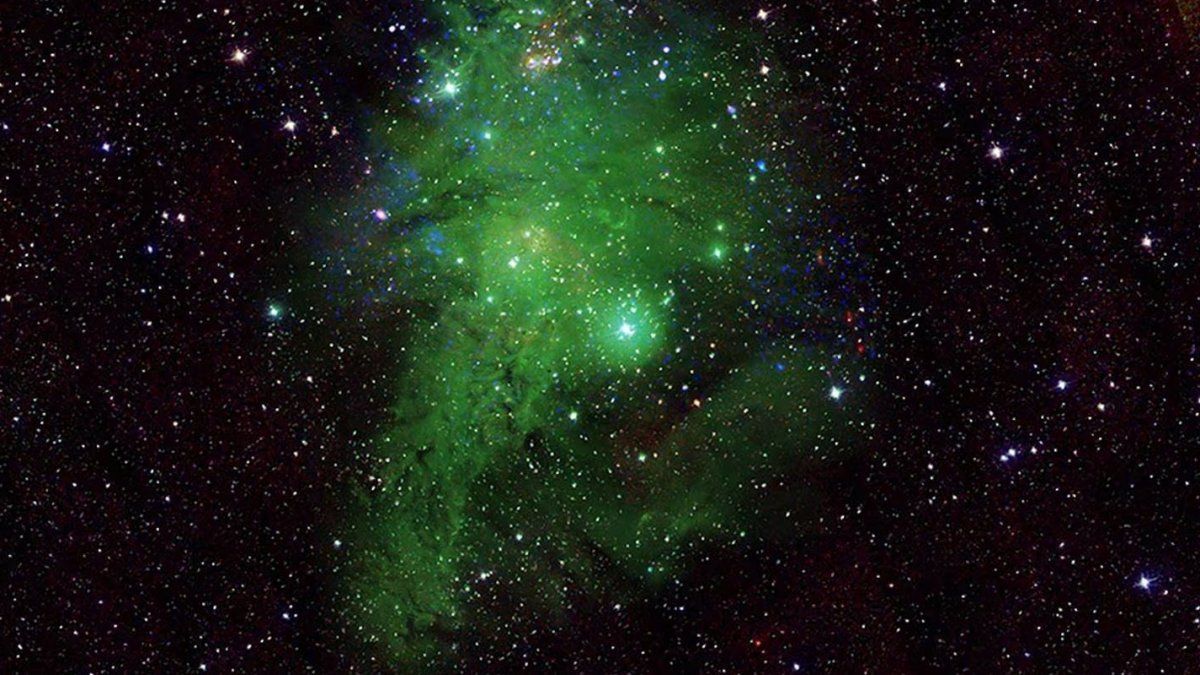ESA’s new X-ray observatory, NewAthenapromises to revolutionize astronomical exploration by offering an unprecedented view of the universe. I know the details.
The development of NewAthenathe new european x-ray observatory of the European Space Agency (ESA)marks a significant advance in the astrophysical research. This innovative project has the participation of Spanish centers such as the Institute of Physics of Cantabria (IFCA) and the Institute of Space Sciences (ICE-CSIC)and promises to revolutionize the study of the cosmos using cutting-edge observation tools.
The content you want to access is exclusive to subscribers.
The observatory will have a specialized detector to map the sky in X-rays and a integral field unit which will provide crucial data on the composition of cosmic objects, expanding the frontiers of astronomical knowledge.


The mission, which is currently in the study phase, will be officially adopted at the beginning of 2027 and will launch into space in 2037 aboard a rocket Ariane. NewAthena will allow cosmic phenomena to be observed with unprecedented precision, answering fundamental questions in astrophysics, such as evolution of stars and the supermassive black holes. This advance also opens up new possibilities in the field of multi-messenger astrophysicswhere data from different types of waves are combined to study extreme phenomena in the universe.
christmas tree space.jpg

It will open new doors to multi-messenger astrophysics, combining data from different types of waves to study extreme phenomena in the universe, such as the interaction of black holes and galaxies.
Technological innovation for a unique exploration of space
NewAthena It is designed to be an unprecedented advance in the spectroscopy and the x-ray mappingtwo key areas of modern astrophysics. One of its main components is the detector which will be able to map the sky with incredible precision. This instrument will allow you to identify and study x-ray sourcesproviding essential data to understand the most complex cosmic processes. In addition, the observatory will have a integral field unit which will offer detailed information about the composition of different objects in the cosmos, from stars and black holes until distant galaxies.
The combination of these two instruments will provide a unique observation abilityallowing us to study phenomena that were previously impossible to detect with other telescopes. Thanks to the high resolution From the images, scientists will be able to explore how stars affect the habitability of planetshow matter is formed in neutron stars and how metals They are distributed throughout the universe. These advances could offer answers to key questions about the origin and evolution of the universeas well as the role of cosmic forces in its development.
Astronaut in space

The mission is the result of close collaboration between space agencies such as ESA, NASA and JAXA, and scientific centers around the world, consolidating NewAthena as a global reference in astronomical research.
Pixabay
The new era in space research
NewAthena It will not only be a key tool for the study of X-raybut also represents a milestone in the international collaboration in space research. The mission is the result of decades of working together between space agencies around the world, such as the ESA, NASA and JAXAin addition to scientific institutions from different countries. This international cooperation is essential for the success of projects of such magnitude, and promises to open new doors to astronomical exploration.
In addition to his contribution to X-ray spectroscopy and mapping, NewAthena will have a significant impact on the field of multi-messenger astrophysics. This discipline, which combines data obtained from different types of waves such as light, gravitational waves and the neutrinoswill allow us to observe extreme phenomena in the universe in a more complete and precise way than ever before. The mission will also allow researchers to closely study the effects of supermassive black holes in the evolution of the galaxiesand how baryons trapped in dark matter concentrations affect cosmological evolution.
The mission NewAthena is envisioned as an essential platform for the next generation of astronomical observations, consolidating the project as a key reference for future space missions. Thanks to this mission, astronomers are expected to have access to a new era of cosmos explorationsolving mysteries that have challenged humanity for centuries.
Source: Ambito
I am a 24-year-old writer and journalist who has been working in the news industry for the past two years. I write primarily about market news, so if you’re looking for insights into what’s going on in the stock market or economic indicators, you’ve come to the right place. I also dabble in writing articles on lifestyle trends and pop culture news.




